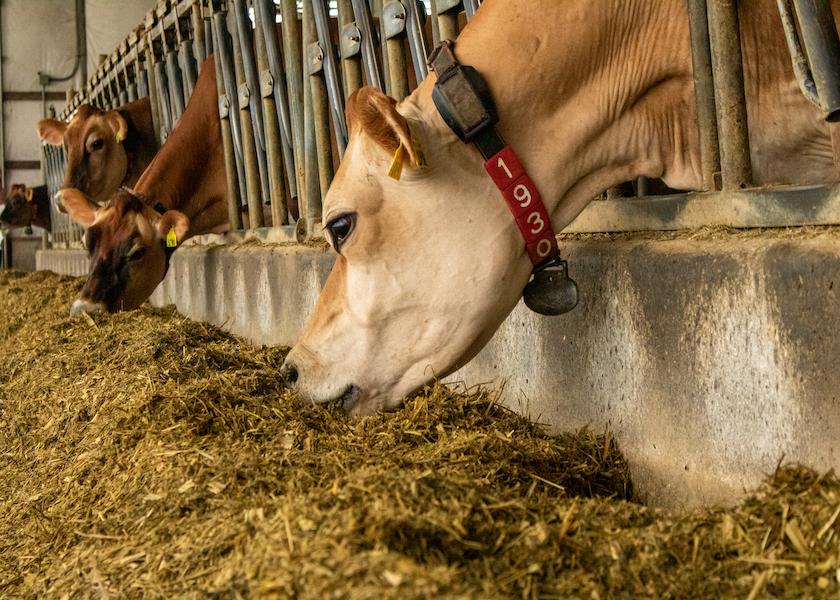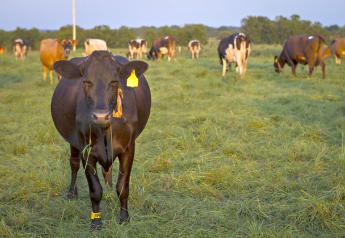Parlor Waiting Time Not Highly Correlated with Activity and Resting Behaviors

A recent study at a northern Colorado dairy showed whether cows had to wait a long time to be milked or a little did not have much impact on their subsequent activity and resting behavior.
In a paper published in the Journal of Dairy Science, researchers from Colorado State University and Texas A&M University described how they evaluated the behaviors of 108 Holstein cows using commercial, three-dimensional accelerometers. All cows were at least 20 days in milk; 95 were multiparous, and 13 were first-calf heifers.
The farm milked a totally of 1,700 cows, with a parlor holding pen capacity of 350 cows. The holding pen was not overcrowded.
Multiparous and primiparous cows were housed and milked together throughout the herd. The 108 cows in the study were randomly selected from the total herd population. The sample size was based on the available number of accelerometers.
All cows were milked three times a day in a 60-stall rotary parlor, and were monitored for individual waiting time. It was defined as the time difference between the entry of the first cow in a milking group into the parlor, and the entrance of each subsequent cow in the group.
In addition to parlor waiting time, cows were evaluated for lying time, standing time, lying bouts, and walking behavior, all in 15-minute intervals throughout the approximate six-month study. Key findings included:
- Across the entire study, cows waited to be milked an average of about 30 minutes, and a waiting time of one hour or longer was recorded only 5.7% of the time.
- Lying times of about 9-10 hours per cow per day were observed, which is consistent with previously published research.
- Primiparous cows took more steps after milking than older, multiparous cows – which also is consistent with other studies – but step activity was not influenced by parlor waiting time in any animals.
- The only time in which waiting time showed a noteworthy influence was on lying behavior after the late-night milking shift. After that night shift, cows waiting longer than 60 minutes had significantly higher lying time and lying bouts. The researchers theorized that this increased up-and-down behavior producing more lying bouts could be due to the fact that the stalls were already full when the last cows in the group arrived back at the barn, and/or social hierarchy resulted in the last cows to return to the barn being displaced.
While waiting time did not have much overall influence on cow behavior, environmental conditions did. Cows of all parities under high temperature-humidity index (THI) had significantly greater lying bouts and steps than when conditions were cooler.







